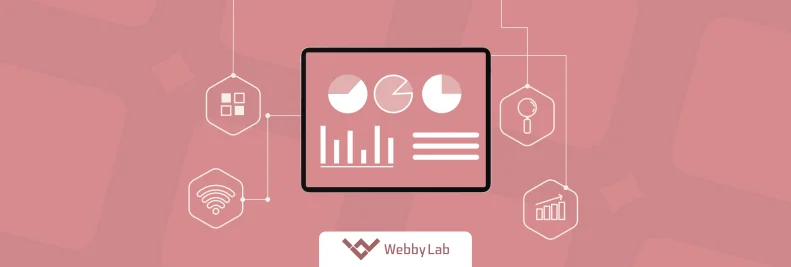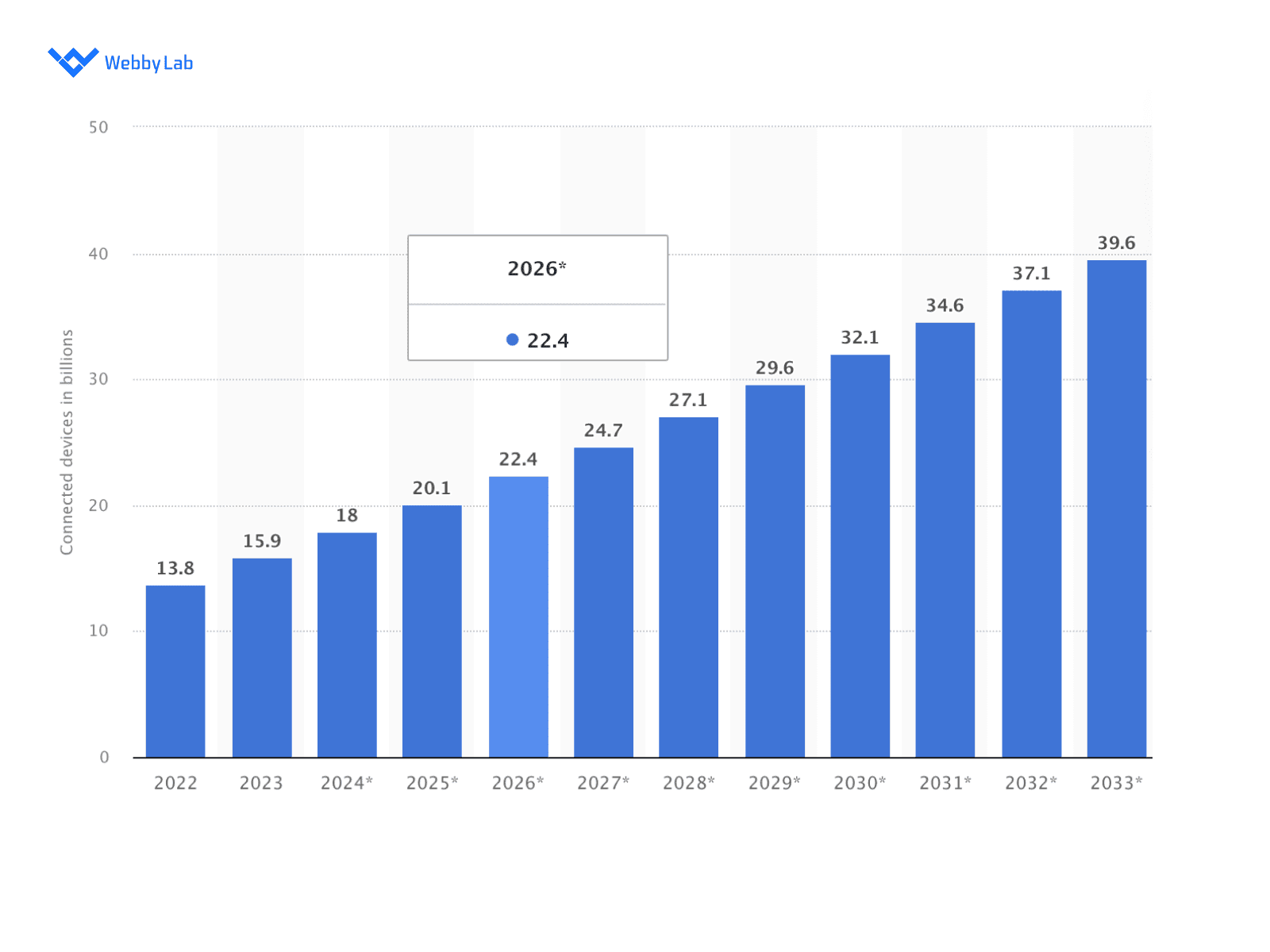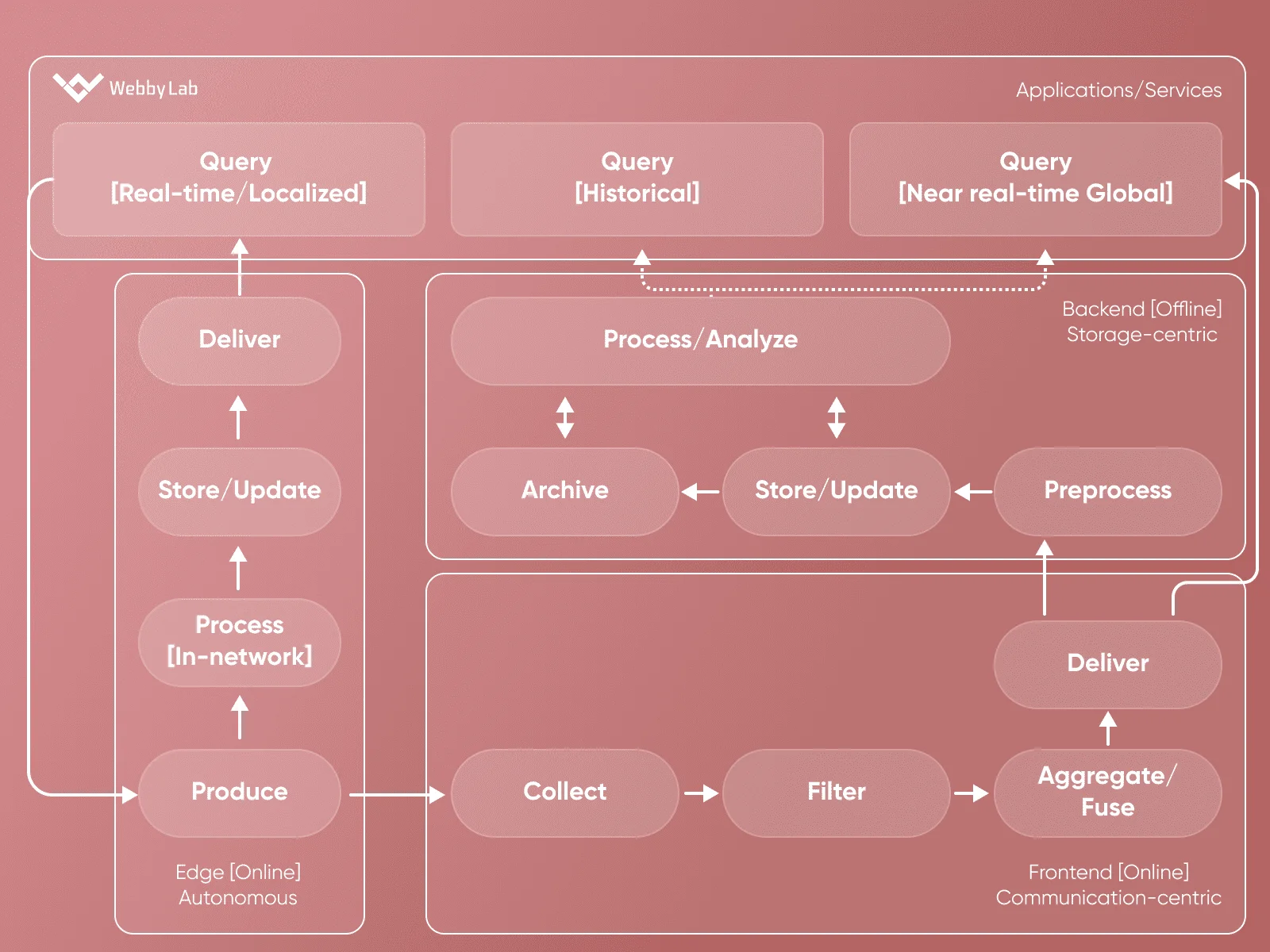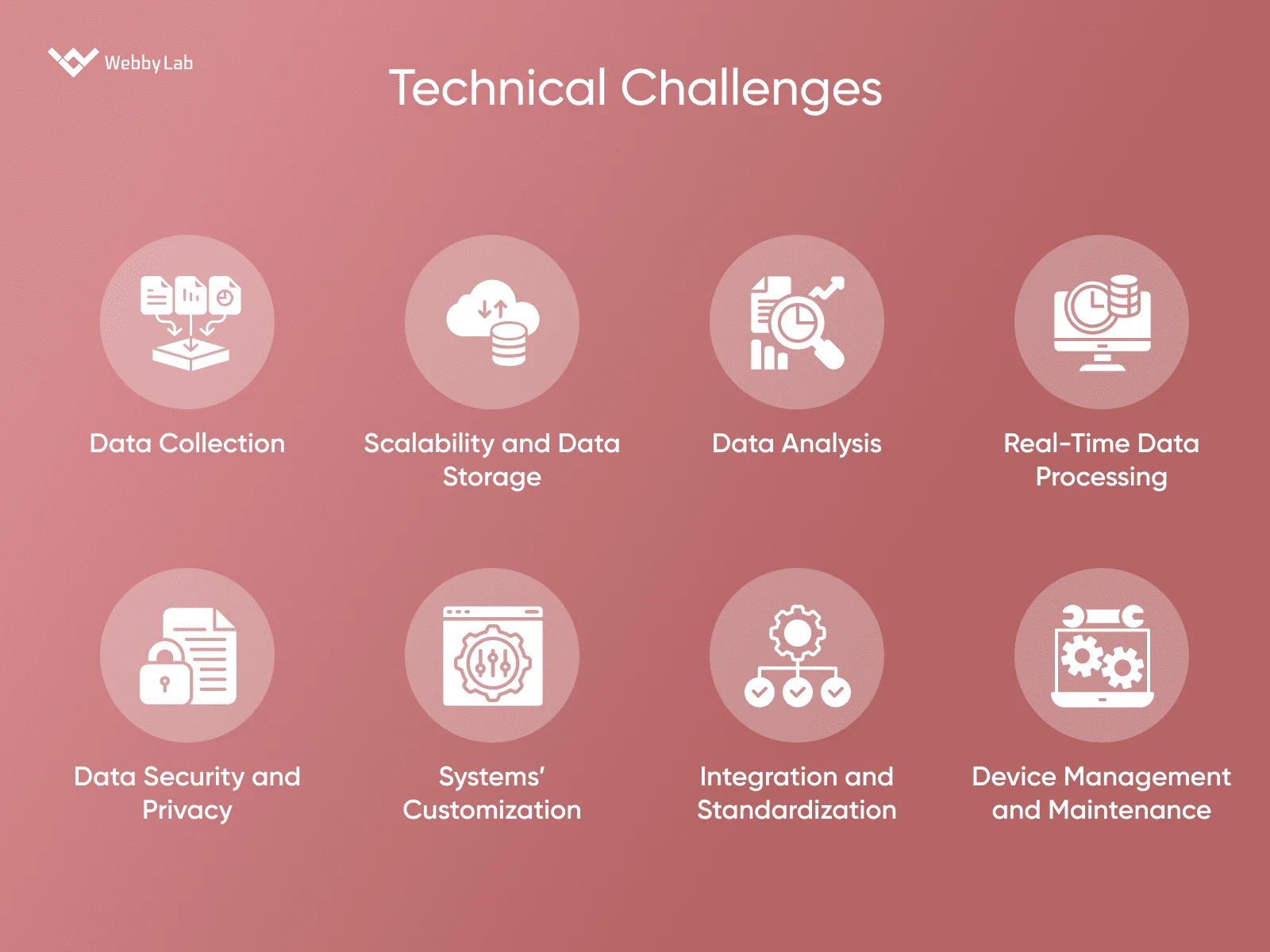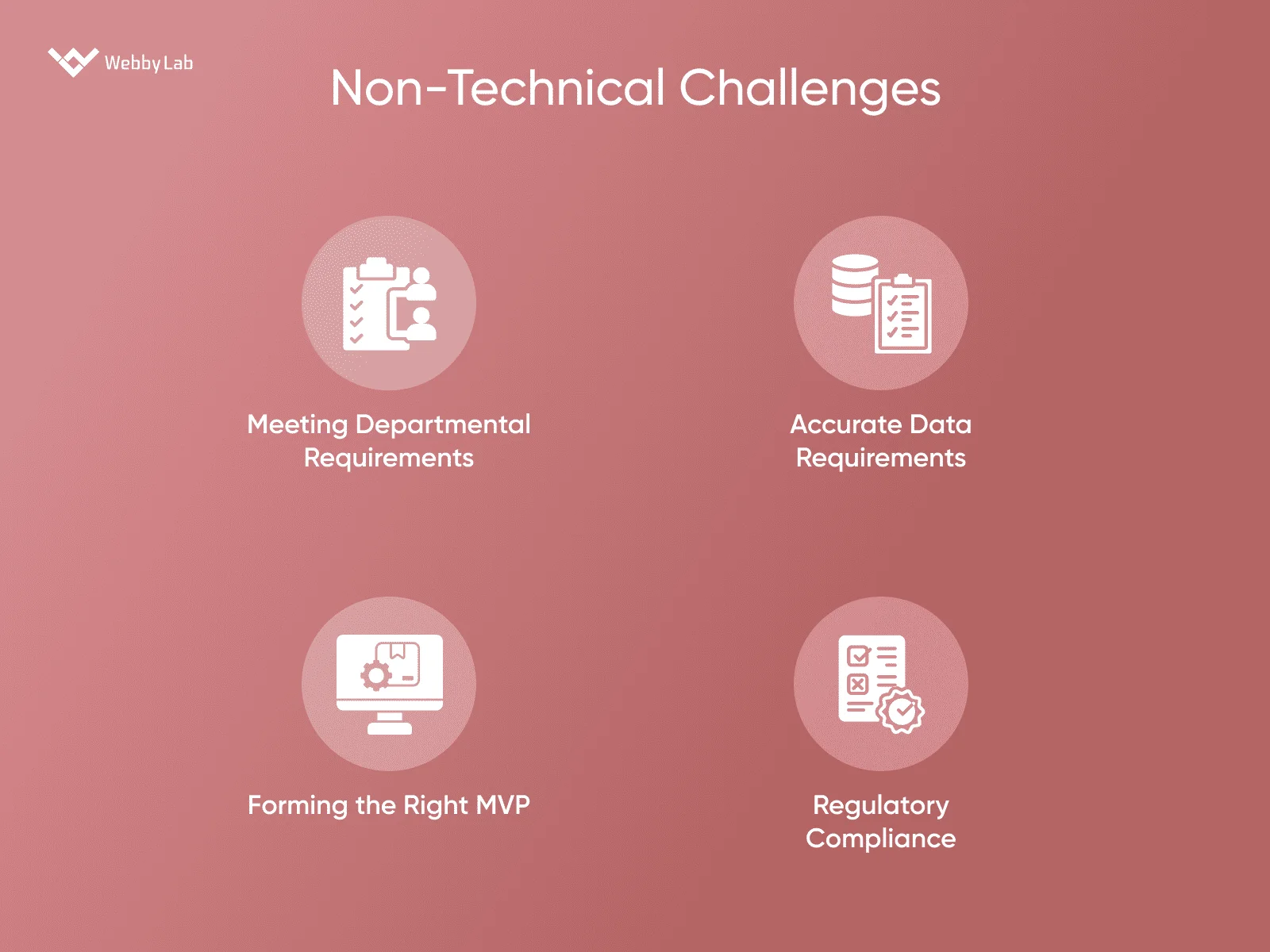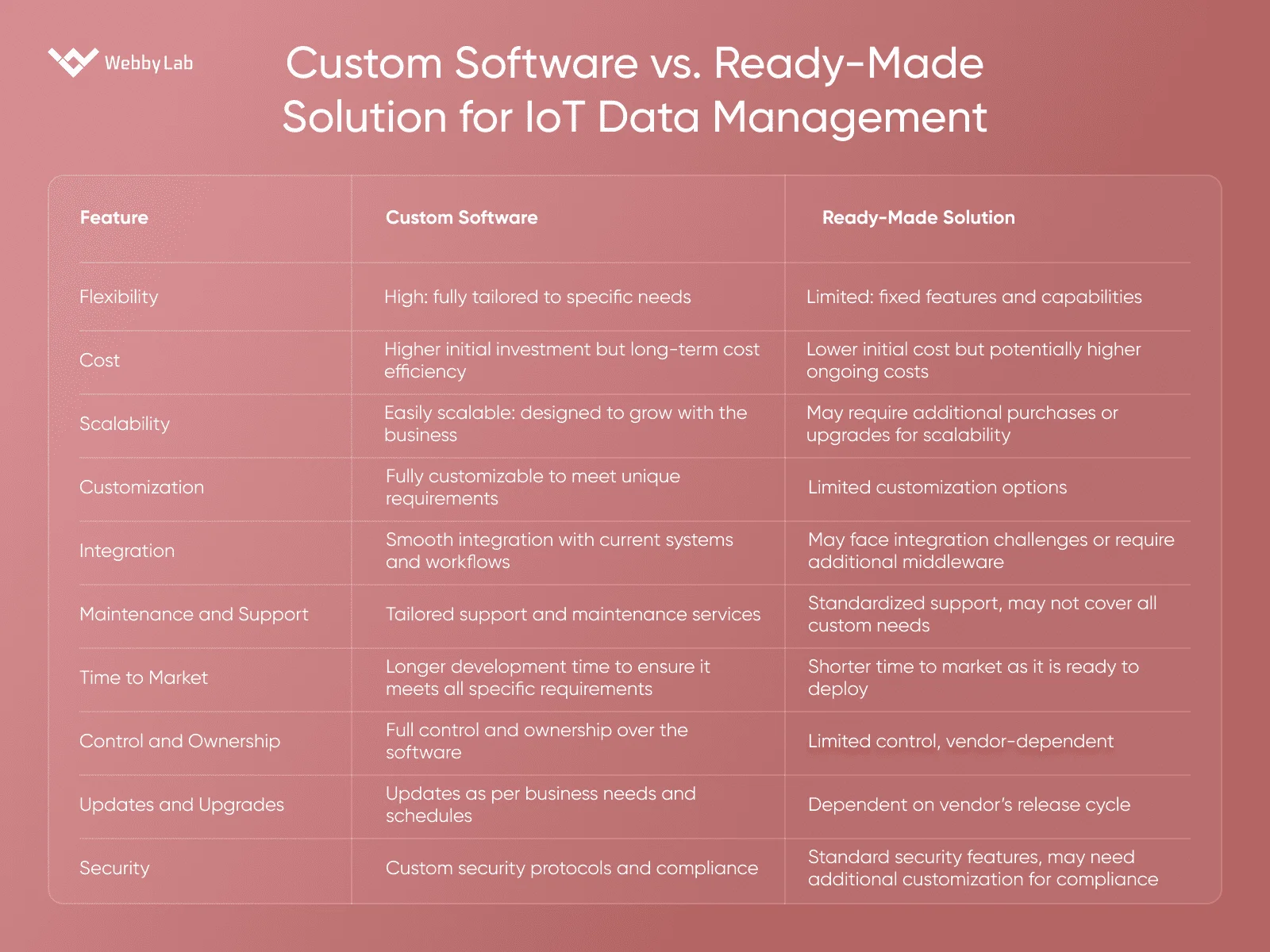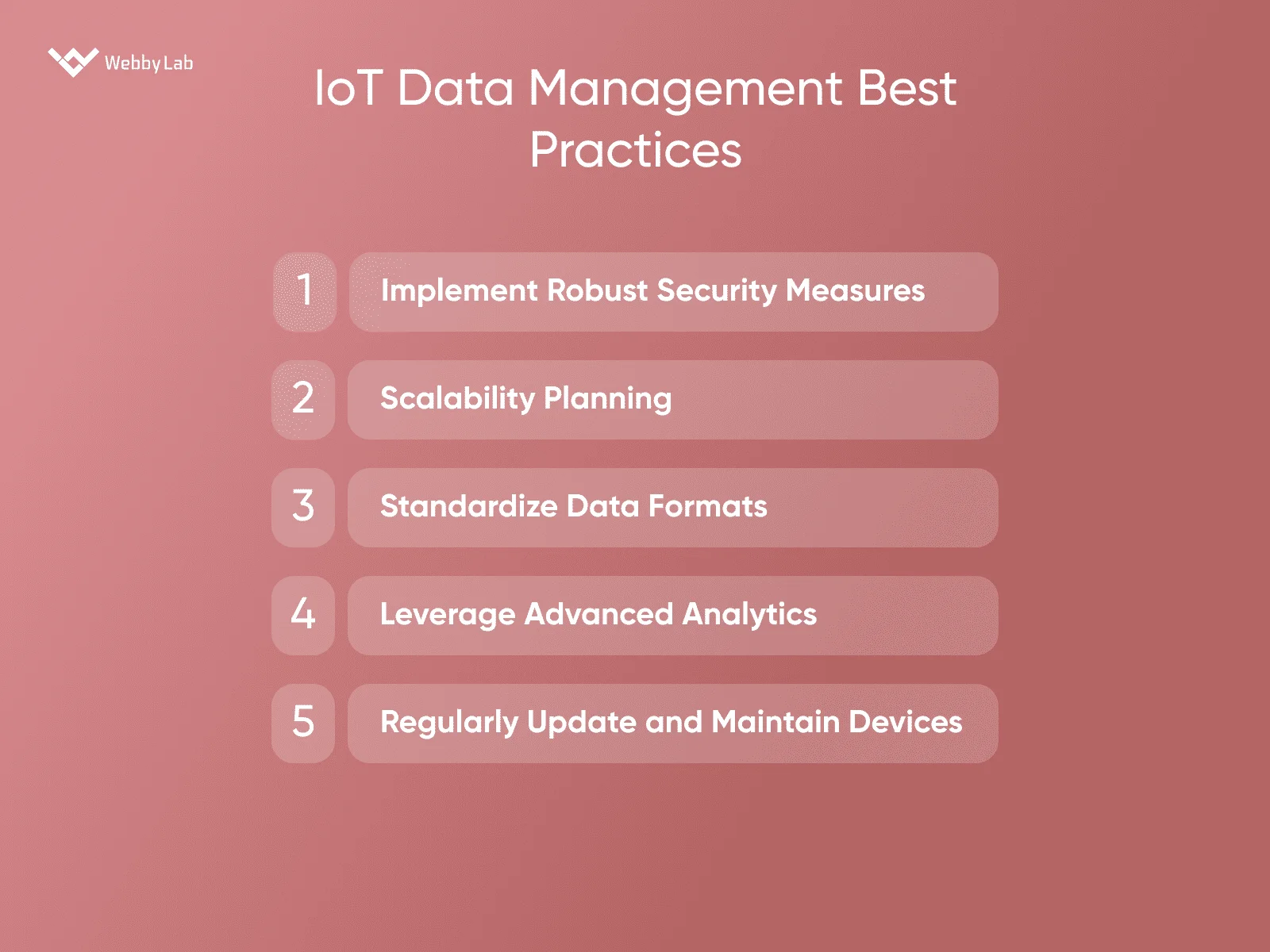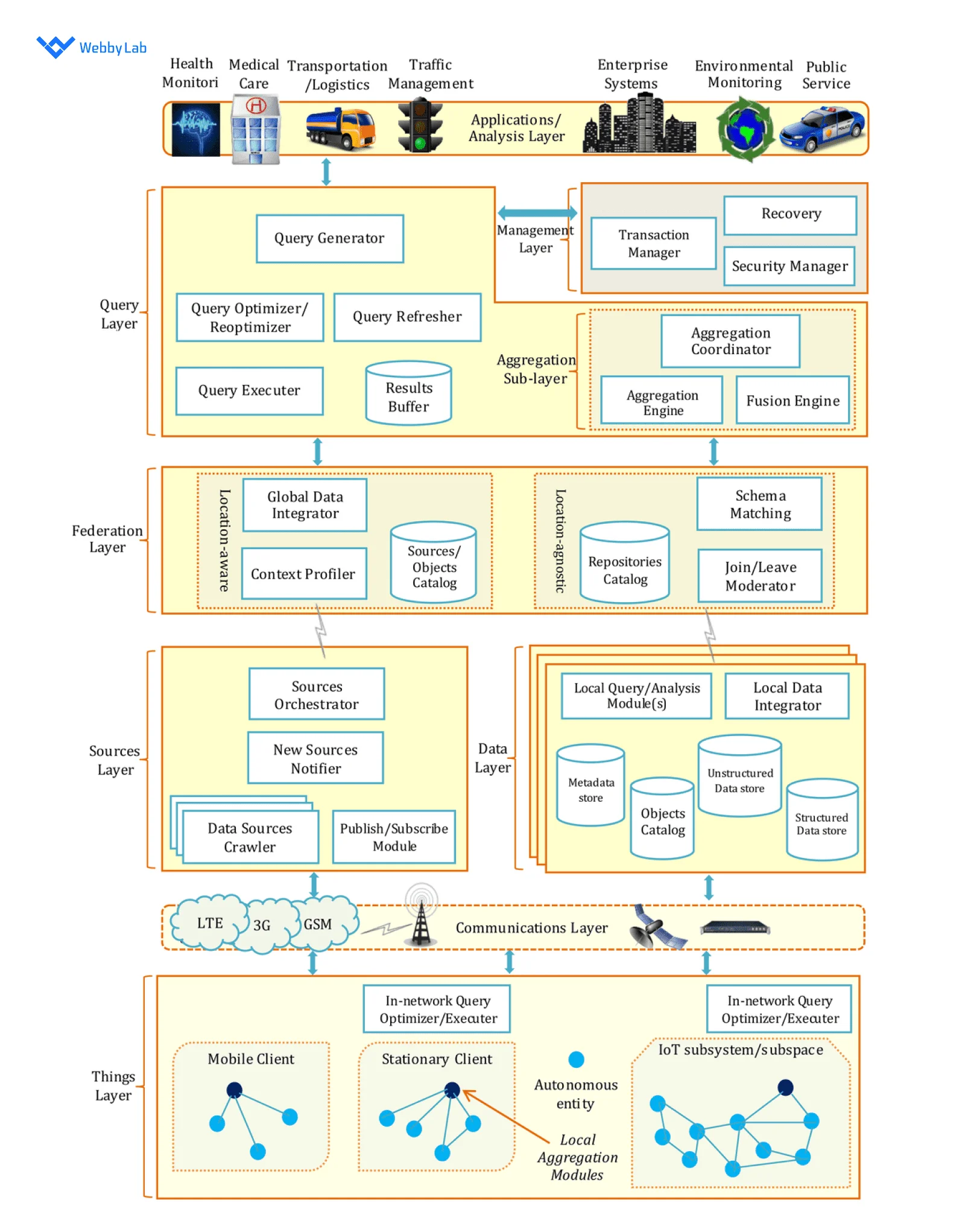IoT Data Management: Overcoming Challenges and Leveraging Best Practices
Written by:

Kostiantyn Oliynyk
Head of IoT at Webbylab
With a robust academic background in Telecommunication Systems Engineering, I apply my knowledge to lead innovations in the IoT domain. Starting as the first team member in the newly formed IoT department at WebbyLab, I've spearheaded its growth, fostering the expansion into embedded and hardware development alongside our core software projects. My dedication lies in pushing the boundaries of IoT technology, fostering a culture of innovation and excellence that profoundly impacts our clients' operational success.
Data management in IoT reveals a lot about systems’ performance and users’ interactions with them. This allows for quick problem identification, process streamlining, and reduced development timelines. Predictive analytics tools and automated reporting assist project managers in assigning resources, predicting project duration periods, and ensuring that product capabilities are delivered to customers at the right time.
Improving IoT’s data security and privacy requires many approaches, including encryption, strong access controls, and regular audits. Adopting data governance frameworks ensures compliance with GDPR or any other applicable regulations. Continuous monitoring alongside incident response planning helps minimize attacks related to this, too.
Combining IoT data with current enterprise systems enhances operational efficiency and decision-making. It also enables convenient information sharing between departments, hence promoting extensive analysis for meaningful insights. This combination also results in greater automation of operations, which ensures more efficient resource utilization and swift reactions to market changes.
Data management in IoT improves scalability by using cloud-based and edge computing solutions. They allow handling increasing data volumes without compromising performance. Scalable infrastructure allows seamless expansion as more devices are added. As such, this flexibility helps businesses innovate and quickly adapt to market demands.
Real-time data processing enables immediate analysis and response to data from connected IoT devices. It allows businesses to enhance operational efficiency, reduce latency, and improve user experience. This, in turn, makes IoT solutions more responsive and reliable.
IoT solutions for enterprises are designed for scalable corporate environments and include enhanced security, integration with ERP/CRM systems, big data analytics, and centralized management of IoT devices.
IoT device management for enterprises provides monitoring, firmware updates, access control, and security for IoT devices on corporate networks. This is critical for mitigating cyber risks and effectively administering large fleets of devices.
IoT solutions for enterprises comprise IoT platforms for data collection and processing, analytics tools, integration with business systems, security solutions, and device management.
The main data management IoT challenges are large volumes of data, ensuring security, compliance with GDPR and CCPA requirements, data quality, and efficient storage and processing.
Enterprise IoT devices typically feature high security, scalability, remote management support, resistance to industrial conditions, and integration with corporate networks.
An enterprise Internet of Things solution, when compared to a consumer one, has increased security requirements, supports large IoT networks, integrates with corporate systems, and has SLA support.
Internet of Things solutions for enterprises include IoT gateways, sensors, analytics platforms, cloud or on-premise storage, and cybersecurity tools.
The best practices for Internet of Things data management include using edge computing to reduce network load, AI analytics, end-to-end encryption, and compliance with regulatory requirements (GDPR, CCPA, NIST).
